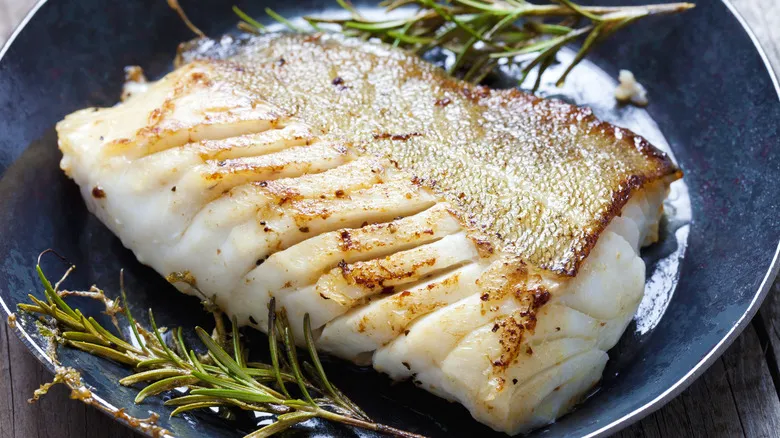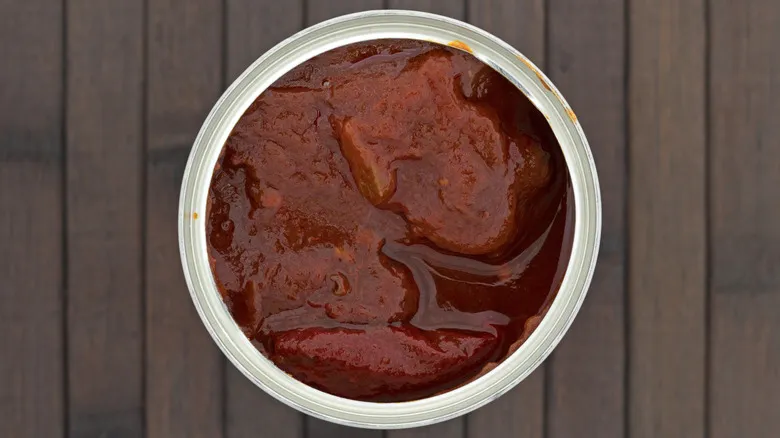How to use a test filet to practice cooking fish perfectly

The purpose of practicing with a test filet is not only to determine when the fish is perfectly cooked but also to learn how your specific grill, stove, or oven handles the cooking process. While you can certainly repurpose that extra piece (like making a creamy lohikeitto if you happen to have salmon), the main drawback is the additional expense of purchasing that extra filet.
To save money on salmon or any other expensive fish at the grocery store, consider planning your meals around available coupons. When seafood goes on sale, seize the opportunity to buy it. Additionally, you can purchase more than you need and freeze the excess — just be sure to check with the fishmonger to see if it was previously frozen, as this affects food safety if you intend to refreeze it. Filets can only be refrozen if they were thawed in the refrigerator, and even then, they may become mushy. Alternatively, you can opt for frozen filets, which are often sold in bulk and generally cost less per piece than those purchased at the counter. Lastly, inquire with the fishmonger about any less expensive parts of the fish aside from the filet. They may offer tails or other sections that still contain meat but are significantly cheaper than a whole filet. While these may not provide as consistent practice results, they can still help you familiarize yourself with cooking fish.
Recommended

Why You Need Canned Chipotle Peppers In Adobo Sauce In Your Pantry

The Slicing Hack You Need For Easy Watermelon Skewers

That Side Of Sushi Ginger Belongs On Your Tuna Sandwich

Julia Child's Tip For Tender Asparagus Every Time
Next up

